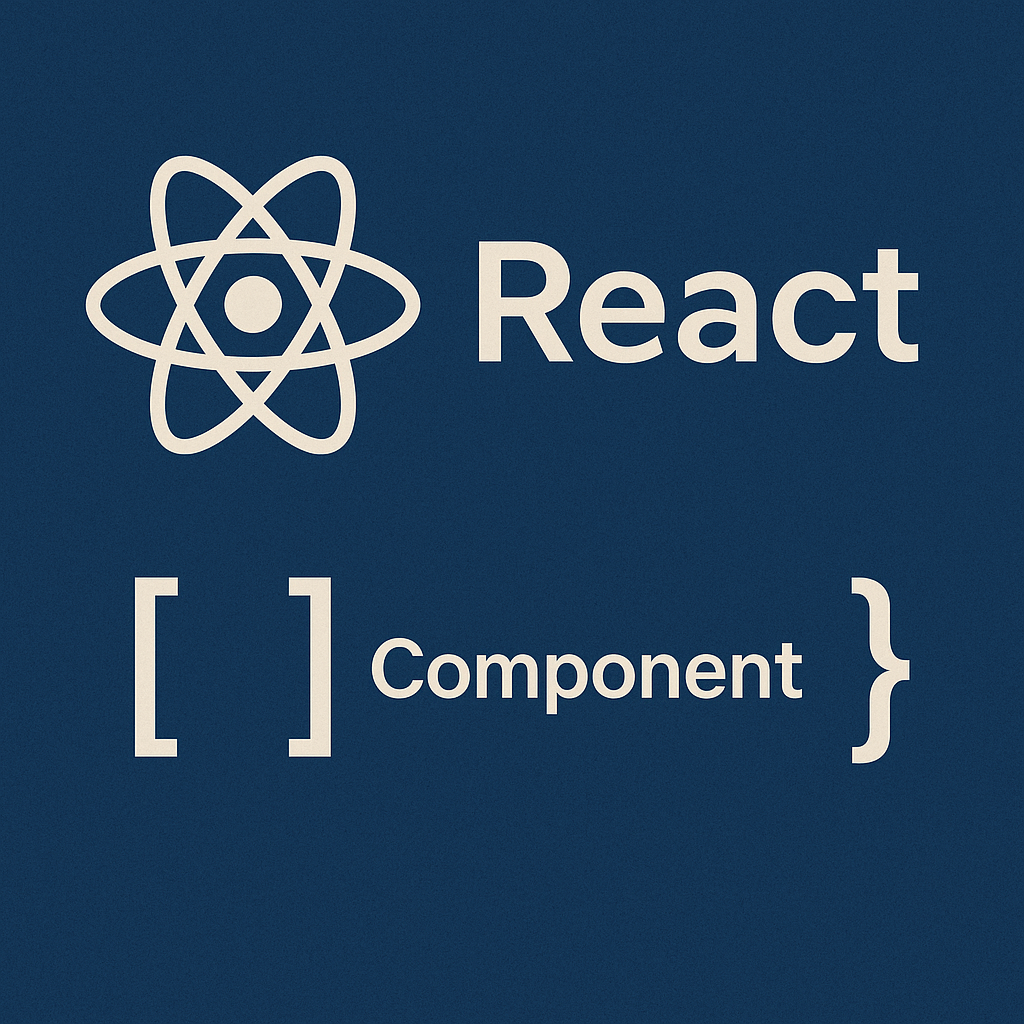Introduction
React has become a cornerstone of modern frontend development, and for good reason. Developed by Facebook in 2013, this JavaScript library has transformed the way developers build user interfaces. Its component-based architecture, efficient rendering, and strong ecosystem make it an essential tool for any web developer.
Why React?
-
Component-Based Architecture: React encourages developers to build UI components that are reusable, maintainable, and testable. This modular approach simplifies the development process.
-
Virtual DOM for Performance: React uses a virtual DOM to optimize updates, ensuring that only the necessary parts of the UI are re-rendered. This results in fast, efficient applications.
-
Rich Ecosystem: React has a vast ecosystem of libraries and tools, including React Router, Redux, and the powerful Next.js framework for server-side rendering.
-
Declarative UI: React allows developers to describe the UI they want, and React ensures that the DOM stays in sync with this description. This leads to cleaner, more readable code.
Key Concepts of React
-
Components: React applications are built from small, independent components. This modular design helps in code reusability and scalability.
-
JSX (JavaScript XML): React’s JSX syntax combines HTML-like syntax with JavaScript, making it easy to design UI elements directly within JavaScript.
-
State Management: React offers state management through useState and useReducer for local state, and tools like Redux or Context API for global state management.
-
Hooks: React Hooks, introduced in version 16.8, allow developers to use state and lifecycle methods directly within functional components, simplifying code.
Best Practices
-
Keep Components Small and Focused: Each component should have a single responsibility.
-
Use React.memo for Performance Optimization: For components that re-render frequently.
-
Use Error Boundaries: To catch errors in components and avoid crashing the entire application.
-
Organize Your Project Structure: Maintain a clear folder structure for components, assets, hooks, and services.
Advanced React Patterns
-
Higher-Order Components (HOCs): Functions that take a component and return a new component, useful for adding common behavior.
-
Render Props: A pattern for sharing logic between components using functions.
-
Custom Hooks: Reusable hooks that encapsulate complex logic, making your components cleaner.
The Ecosystem Advantage
React’s vast ecosystem makes it adaptable to various project needs:
-
React Router: For client-side routing.
-
Redux Toolkit: For efficient global state management.
-
Next.js: For server-side rendering and static site generation.
-
Styled Components or Tailwind CSS: For modern styling solutions.
Conclusion
React is more than just a JavaScript library – it is a modern approach to building scalable, maintainable, and high-performance user interfaces. By mastering React and its ecosystem, developers can create powerful applications that are easy to maintain and extend. Whether you are building a small personal project or a large-scale enterprise application, React provides the tools you need to succeed.
